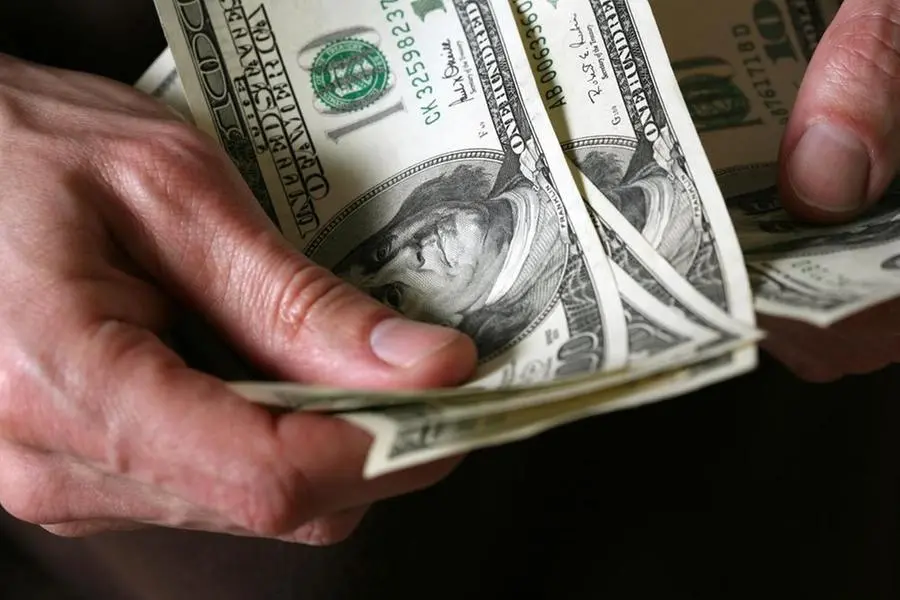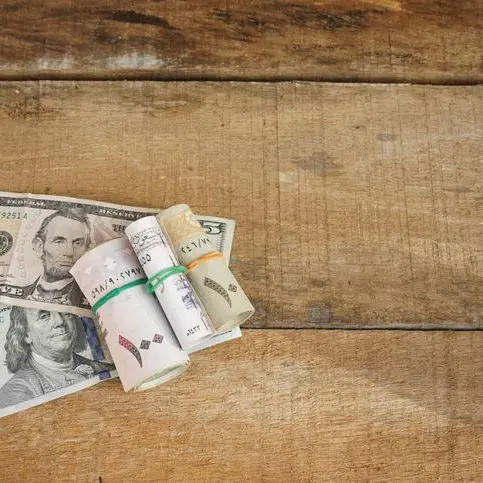PHOTO
The dollar hit a one-month low versus the euro and dropped against the yen on Wednesday as traders see risks skewed to the downside for the U.S. currency ahead of a key inflation report that could affect the Federal Reserve policy path.
Analysts noted that the dollar dropped on Tuesday after data showed an unexpected increase in U.S. producer prices in April, adding that the core services consumer price component of Wednesday's figures will be critical.
The yen rose against the dollar but was still close to its lowest levels in over 30 years as the yield gap between Japanese government bonds and U.S. peers continued to encourage selling of the Japanese currency.
The euro was up 0.1% at $1.0828, having earlier risen to $1.0835 for the first time since April 10.
The U.S. dollar index - which measures the currency against six top rivals, but is heavily weighted towards the euro - eased 0.20% to 104.80, its lowest level in 1-1/2 weeks.
Wednesday's report on core consumer prices is expected to show CPI rose 0.3% month-on-month in April, down from 0.4% growth in March, according to a Reuters poll.
"While we'd expect it (the CPI data) to remain too elevated for the Federal Reserve to feel confident that the time has come to start cutting interest rates, it would mark a step in the right direction," said Julien Lafargue, chief market strategist at Barclays Private Bank, who expects the bumpy disinflation process to continue.
Higher-than-expected U.S. consumer prices in the first quarter of the year were the driving force for a sharp repricing of the pace of Fed rate cuts, with bets now pared back to about 44 basis points of reductions this year.
"Today’s data will be key for the short-term outlook, but we see a euro/dollar at 1.10 as we expect the U.S. economic backdrop to lead the Fed to cut rates more than markets are currently pricing in," said Roberto Mialich, head of forex strategy at UniCredit, adding that he sees three cuts in 2024.
Fed Chair Jerome Powell gave a bullish assessment on Tuesday of where the U.S. economy stands, with an outlook for continued above-trend growth and confidence in falling inflation that, while eroded by recent data, remains largely intact.
Deutsche Bank strategist Alan Ruskin noted rate path expectations would require more than a single modest upside or downside surprise to swing markets considerably.
The dollar was last down 0.4% at 155.83 yen on Wednesday, having pushed as high as 156.80 overnight.
Japanese long-term yields stood at 0.955%, after rising to more than 10-year peaks earlier this week as the Bank of Japan (BOJ) sent a hawkish signal to markets on Monday by announcing a cut in offer amounts for a segment of bonds at a bond-buying operation.
The dollar's surge to a 34-year peak of 160.245 yen on April 29 triggered two rounds of aggressive yen buying that traders and analysts suspect was the work of the BOJ and Japanese finance ministry (MoF).
BofA said the MoF is suspected to have intervened on April 29 at 159.4 yen per dollar and May 1 at 157.5.
Shusuke Yamada, rates and foreign exchange strategist at BofA Japan, said that if the Fed starts cutting rates in December, which is the BofA base case, the MoF will need to intervene to keep the dollar below the 160 threshold. The MoF may spend up to $300 billion in foreign exchange interventions, and the U.S. dollar would start correcting in the fourth quarter as the Fed starts cutting rates, he added.
The dollar dropped 0.6% to 10.7525 versus the Norwegian krone after hitting 10.7418, its lowest level since April 10, with analysts saying the gap between U.S. and Norwegian rates might have peaked.
Data showed on Friday that Norway's core inflation eased less than expected in April after governor Ida Wolden Bache said the central bank expects to keep rates on hold for some time.
Elsewhere, the yuan bounced back from a two-week low versus the dollar as a report of a possible plan to ease the country's housing glut boosted sentiment, outweighing U.S. President Joe Biden's decision to impose steep tariff increases on an array of Chinese goods. The dollar dropped 0.27% to 7.2210 yuan in offshore trading.
(Reporting by Stefano Rebaudo, additional reporting by Kevin Buckland; Editing by Gerry Doyle, Jacqueline Wong, Jamie Freed and Emelia Sithole-Matarise)























